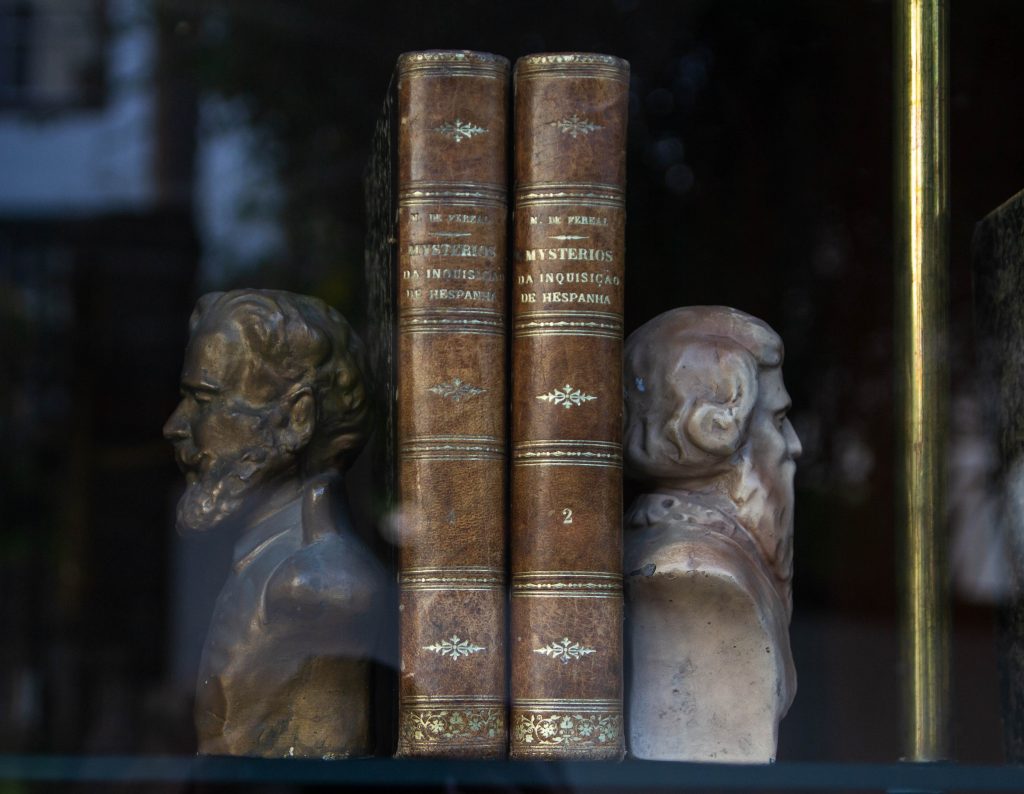Background and Social Structure
The year was 1774, Louis XVI had been crowned king of France. The nation had already helped 13 colonies in America from the British rule leaving a great loss to the royal treasury. To meet the demands of his lavish living at the court of Versailles and maintain the government offices, armies etc. Louis XVI imposed heavy taxes on the citizens.
The French had an interesting way to classify the social classes called the Society of Estates. It had at the First Estate - the Clergy (people in special service to the church), at the Second Estate- the Nobility, and the Third Estate had artisans, peasants, big businessmen, landless labourers etc. The Third Estate was the only one that had to pay taxes while the other two were exempted from this. Apart from the taxes to the government, Tithes (tax in service to the Church) and Taille (tax on everyday objects like salt and tobacco) were also incurred upon them. This system of classification dated back to the Middle Ages and continued till the Old Regime (epoch before 1789 used to describe society and its institutions).


During Louis’s reign, an increase in population, recent monetary loss from the wars, heavy interest on the loans taken by France from other nations, etc ensured that the basic demand of the common man was not met. With many mouths to feed and harvest suffering from adverse weather, the social tension among the peasants class increased. They paid the taxes, worked at the house of nobilities, joined the army and the farmers even gave a third of the produce to a particular landlord. Several protests and uprisings did take place with no change in government policies.
Thinkers and Middle Class
The responsibility to make the Third Estate lay in the hands of the new gradually emerging social class- the middle class. This consisted of philosophers and thinkers from the Third Estate which had got access to proper education. John Locke, Jean Jacques Rousseau, Montesquieu were some of them.
Locke in his ‘Two Treatises of Government’ spoke against the divine and absolute right of the monarch. Rousseau put forth ideas of a form of government based on social contract between people and their representatives. Montesquieu was of the opinion that there must be decentralisation of power within the government and a distinction as: Legislature, Judiciary and Executive bodies must be presented.


His doctrines were adopted to form the government in the new independent colonies of the USA. This example was imbibed and discussed at length vocally, in print and in public in France. Meanwhile, Louis XVI planned on imposing more taxes. In those days, the decision to increase taxes didn’t lay solely in the hands of the monarch but had to be consulted by calling a meeting of the “Estates General”. The right to call this meeting lay only with the king.
Estates General was a body of members which were selected representatives of each Society of Estates. In May, 1789; when Louis XVI called Estates General meeting, 300 representatives each from the Clergy and the Nobility gathered at the palace of the king in Versailles and sat facing each other whereas 600 chosen representatives of the Third Estate were made to stand at the back. Moreover, in this 600, only the educated and new emerging middle class were allowed entry, rest peasants, artisans and all women were denied entry.


During the meeting, the Third Estate representatives demanded that instead of following the previous rule of granting one vote to each Estate, they should instead grant one vote to each member (this would mean, the Third Estate would have 600 votes as opposed to previous single vote representing the entire Third Estate, hence giving them a fair chance to bring about a reform). This was not allowed by the king and the disappointed members left the meeting immediately.
The Revolution and Framing of the Constitution
Led by Mirabeau (a man from nobility in favour of the peasants) and Abbé Sieyès (priest and author of the pamphlet ‘What is the Third Estate’) the Third Estate representatives declared themselves as the spokesperson for the entire nation. On June 20, they formed their own National Assembly which dictated that the decisions of a monarch should be checked by a constitution.
While this was happening, social turmoil grew due to severe winters. There was a ruckus at bakeries of Paris after acquiring the expensive bread and the military troops were sent to handle the situation. On July 14, another rumour spread that the king will send his army to destroy the harvest. This caused such a conundrum that the scared peasants attacked the nobility, causing them to flee to other countries and their official documents claiming their agricultural estates were openly burnt. The intimidating Bastille was also annihilated.


Understanding the situation too late, Louis XVI recognised the National Assembly and on 4 August 1789, a decree abolishing the feudal system of obligations and taxes was passed. The clergy gave up its privileges of exemption from taxes, collection of tithes was abolished, all the property owned by them was confiscated. The draft of the constitution was completed in 1791 limiting the powers of the monarch and assigning them to different institutions – the legislature, executive and judiciary. Hence, France became a constitutional monarchy.
What did we learn?
The French Revolution is a mirror to the unjust authorities who misuse their powers. At an individual level it teaches us the value of presence of mind, empathy and decision making. Even Queen Elizabeth ascended the throne when England was in a state of unrest. Yet with her deft leadership she made England the hub of Renaissance. This teaches us it is up to us, to change our circumstances for our good or for the worst.






